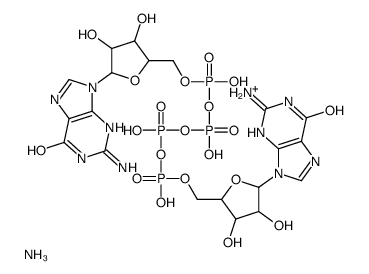Dinucleoside polyphosphates: newly detected uraemic compounds with an impact on leucocyte oxidative burst.
Eva Schepers, Griet Glorieux, Vera Jankowski, Annemieke Dhondt, Joachim Jankowski, Raymond Vanholder
Index: Nephrol. Dial. Transplant. 25 , 2636-2644, (2010)
Full Text: HTML
Abstract
Dinucleoside polyphosphates (Np(n)N) have pathophysiologic roles in cardiovascular disease and are newly detected uraemic retention solutes. They were retrieved in human plasma, tissues and cells. Although their impact on several cell systems involved in vascular damage (endothelium, smooth muscle cells and thrombocytes) has been evaluated, their effect on different types of leucocytes has never been studied.This study evaluates, for the first time, the impact of Np(n)N on monocyte, granulocyte and lymphocyte oxidative burst activity at baseline and after stimulation with N-formyl-methionine-leucine-phenylalanine (fMLP) and phorbol 12-myristate 13-acetate (PMA) in whole blood. Diadenosine triphosphate (Ap(3)A) to diadenosine hexaphosphate (Ap(6)A) were tested to investigate the effect of the number of phosphate groups on reactive oxygen species (ROS) production. The effect of the type of nucleoside was evaluated by comparing adenosine guanosine tetraphosphate, diguanosine tetraphosphate, uridine adenosine tetraphosphate (Up(4)A) and diadenosine tetraphosphate (Ap(4)A).This study demonstrated that lymphocytes are especially susceptible to intracellular diadenosine polyphosphates. Depending on the phosphate chain length, different effects were observed. At baseline and with fMLP, Ap(4)A, Ap(5)A and Ap(6)A enhanced lymphocyted-free radical production. In addition, Ap(3)A, Ap(4)A and Ap(5)A increased PMA-stimulated ROS production in lymphocytes. Monocytes and granulocytes parallel the lymphocyte response albeit with an inhibition of Ap(6)A on granulocytes. Considering Np(n)N with four phosphate groups, Up(4)A showed the most important stimulatory effects on monocytes and Ap(4)A on lymphocytes.Np(n)N mainly have a leucocyte-activating impact, most significant for Ap(4)A, considering phosphate chain length, and for Up(4)A, considering the type of nucleosides. These results suggest that the pro-inflammatory effects of Np(n)N can contribute to the development of atherosclerosis, probably in the early stages of chronic kidney disease, but their chemical composition affects their activity.
Related Compounds
| Structure | Name/CAS No. | Molecular Formula | Articles |
|---|---|---|---|
 |
DIGUANOSINE TETRAPHOSPHATE AMMONIUM SALT
CAS:102783-33-5 |
C20H31N11O21P4 |
|
The exonuclease activity of human apurinic/apyrimidinic endo...
2003-05-16 [J. Biol. Chem. 278 , 18289-18296, (2003)] |
|
Several dinucleoside polyphosphates are acceptor substrates ...
2000-03-01 [Eur. J. Biochem. 267 , 1707-1714, (2000)] |
|
Formation of a covalent Nepsilon2-guanylylhistidyl reaction ...
1999-01-01 [Arch. Biochem. Biophys. 361 , 101-105, (1999)] |